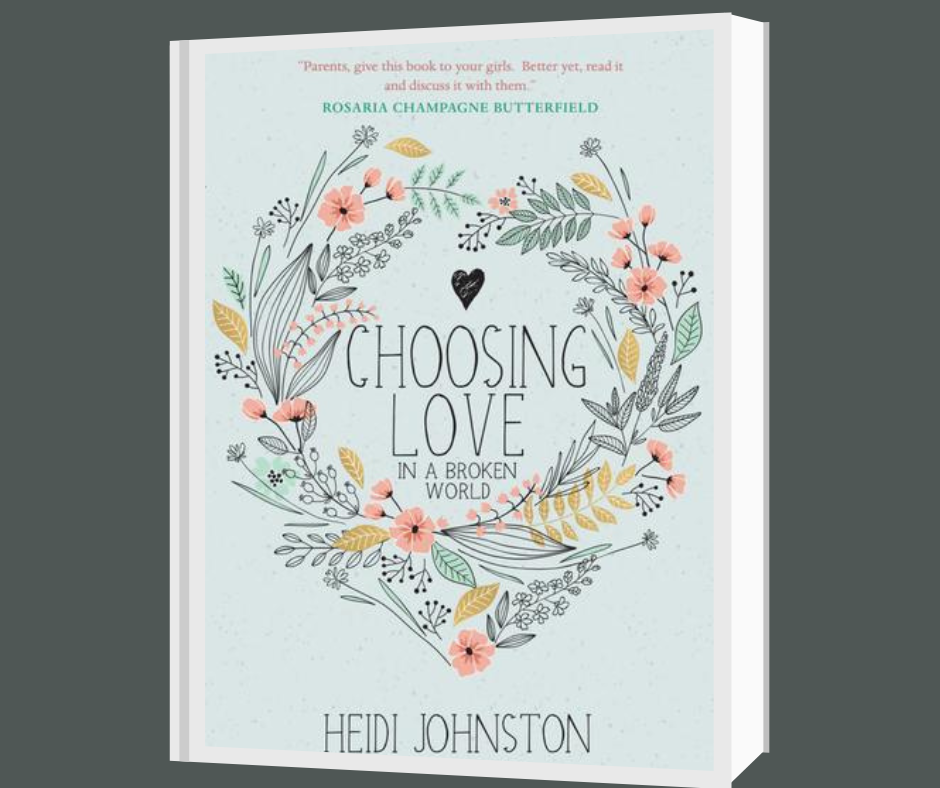Reflections
Choosing Love in a Broken World, by Heidi Johnston | Review by Rosa Byler

Pondering weighty theological concepts is both necessary and a delight, but reviewing basic creation principles in a more uncomplicated style is also refreshing (and may be one reason adults still love children’s books). Choosing Love in a Broken World, though simply written and addressed to teenage girls, has insights on love and marriage that linger in the mind. (Many publications for youthful audiences are marred by nervous and unsuccessful attempts to sound “cool.” Heidi Johnston, a mother of teenagers herself, manages to avoid this.)
Johnston makes it clear that this is not a dating manual, suggesting that it makes more sense to choose the destination before deciding on the method. The first chapter sets a higher expectation for relationships than mere romantic attraction: “The greatest love you will ever experience will not be found in another person but in God…” and “…no relationship will ever matter more than your relationship with God.” (13) Relationships are shown as a mark of being made in God’s image and love as a choice rather than a feeling.
Romantic attraction does exist, though; and the Garden of Eden, not Hollywood, was where it began—the initial stage of a “necessary and beautiful” partnership intended to help people work together. The perfect accord of the first marriage was broken by the sin that affects all other human interactions, yet God-designed gender differences still contribute to complementary support, shared objectives, and genuine beauty.
“The Unbreakable Promise” compares marriage to God’s covenant with Abraham and also to Christ’s new covenant. Johnston defines a covenant as “a binding agreement, a bit like a contract or a promise, only more serious, more beautiful, and intended to be broken only by death.” (54) Old Testament covenant-makers performed ceremonies filled with emblems and pictures. They made promises, called upon God to witness their agreement, frequently exchanged garments or weapons, and shared a meal representing friendship and peace.
“The Truth about Sex” is not a chapter on specifics but addresses common myths about sexuality and monogamous marriage. Johnston’s silence on the current gender confusions seems appropriate, considering how little they have to do with marriage.
Two other chapters are outstanding: “The Power of Home” and “A Man after God’s Own Heart.” Designing a home takes more than choosing paint colors or creating a place to retreat and be comfortable; home should be a place where God’s Word is at the heart of everyday life and His presence is real. The importance of marrying someone who will share this goal and responsibility cannot be overstated.
The book’s tone is illustrative of marriage itself, simple yet profound. Johnston is British; thus a few colloquialisms and different spellings may briefly puzzle or distract some readers. She mentions wedding rings occasionally as symbols of the covenant of marriage; her position on divorce is straightforward and uncompromising. A gem for teenage readers, their mothers, and anyone in between!